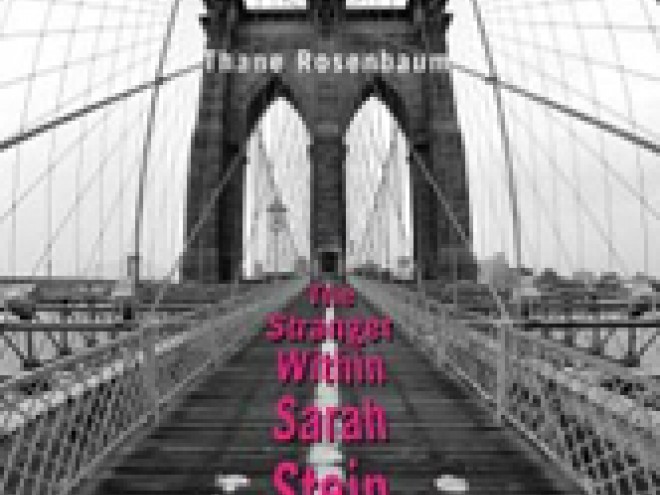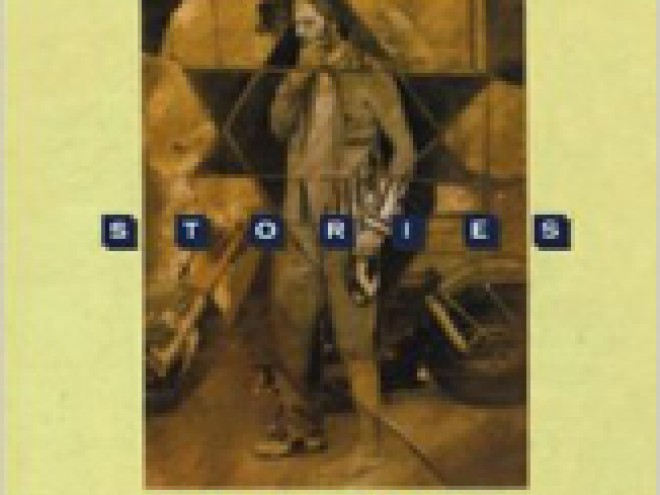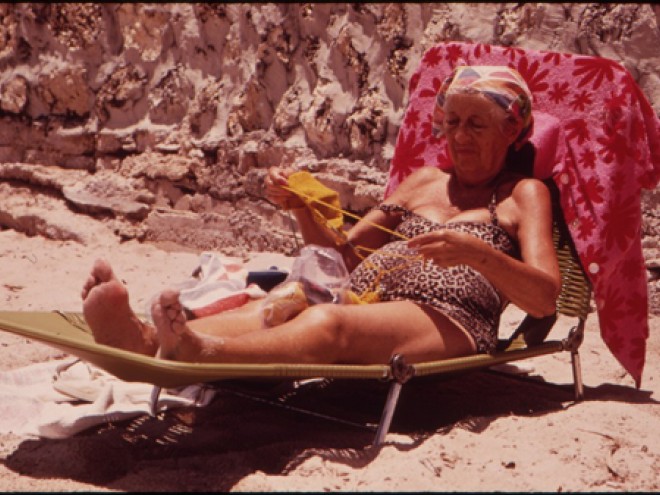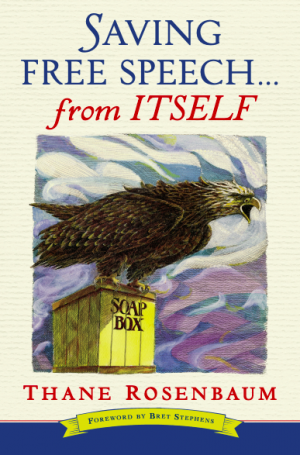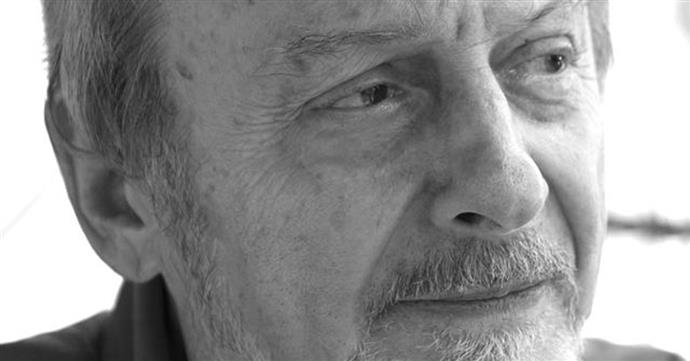
Thane Rosenbaum is the author of the critically acclaimed novels, The Stranger Within Sarah Stein, The Golems of Gotham, Second Hand Smoke, and the novel-in-stories, Elijah Visible, which received the Edward Lewis Wallant Award for the best book of Jewish American fiction. His newest novel, How Sweet It Is!, is out this week from Mandel Vilar Press. He will be blogging here all week for Jewish Book Council’s Visiting Scribe series.
Years ago the literary theorist Geoffrey Hartman, who was working with a documentary filmmaker from Hebrew University, contacted me about a very unique and worthy project. A donor had emerged who wanted to film the world’s great Jewish fiction writers in conversation with other writers. The idea was to pair up two writers (who might also be friends), and film them in conversation, shot over two days, discussing the books and lives that were the subject of each film.
Geoffrey explained that they didn’t yet know the ultimate use for this undertaking, but at the very least Hebrew University would possess within its archives a treasure trove of literary conversations from the world’s great men and women of Jewish letters.
Saul Bellow, Philip Roth, Cynthia Ozick, Nadine Gordimer, Imre Kertesz, and Ivan Klima were already in the can, as they say. The next subject was going to be E.L. Doctorow, and he and Geoffrey wondered whether I would agree to be the one asking Edgar (the “E” in “E.L.”) the questions on camera.
Of course, I would. Edgar and I had become friends over the years, having even spent a few Thanksgivings together. But this was not merely an act of friendship I was being called upon to perform. This project was more ambitious than two Jews talking about the weather. My job was to engage Edgar in a lively discussion of his work, and how it was informed by his life — a Jewish life, albeit one that was not readily discernible from reading his novels.
Jewish novelists from the Golden Age of American fiction — Bellow, Roth, Ozick, Bernard Malamud, Joseph Heller, Stanley Elkins, Norman Mailer, Grace Paley, E.L. Doctorow, Chaim Potok, and various others — had much in common, but with few exceptions, most shared a predisposition to deny that there was any Jewish influences or connection to their work. In fact, most disavowed the label “Jewish-American” altogether.
In my friendships with some of these writers, I have personally heard Bellow and Ozick, and even more contemporary writers such as Rebecca Goldstein and Allegra Goodman, struggle with placing a “Jewish” tag to their literary output.
Doctorow was, to my mind, an even more extreme case. After all, unlike many of the others, he was a bestselling novelist — literary, for sure, but also widely read, and not especially popular among Jews. Moreover, unlike a Malamud, Ozick or Roth, teasing out the Jewish bona fides of his work was no simple task. He was not demonstrably Jewish in his fiction. (He also ate ham on Thanksgiving, but that’s another story altogether.)
Yet, as the reigning godfather of historical fiction, Jewish characters were not entirely absent from his work: the Isaacsons were proxies for the Rosenbergs in The Book of Daniel; Jewish gangster Dutch Schultz headlined Billy Bathgate; World’s Fair, a personal memoir of sorts, featured a family that was clearly Jewish; a Reconstructionist Rabbi occupied the moral center of City of God; and, finally, Ragtime, his best known novel, featured Harry Houdini, Emma Goldman, and Sigmud Freud.
In re-reading Ragtime in preparation of our talk, I realized that I had finally figured out what to do with a chapter in my own life that I had wanted to fictionalize. I grew up in Miami Beach, Florida, and 1972 was a watershed year for this shining peninsula along the southern coastline of Florida. It was as colorful a time and place, and filled with as lively an assortment of historical characters as Doctorow had to draw upon in his homage to Ragtime in the early days of twentieth century New York. Like Ragtime, I had in mind a book where the main character was the time period itself, and the historical figures that populated it.
That’s how How Sweet It Is! took its first imaginary steps toward becoming a novel of its own.
Thane Rosenbaum’s articles, reviews and essays appear frequently in many national publications including The New York Times, Wall Street Journal, Washington Post, and The Huffington Post. He is a Senior Fellow at New York University School of Law where he directs the Forum on Law, Culture & Society. For more information visit http://www.thanerosenbaum.com/.
Related Content:
- Essays: On Writing Jewish Literature and Being a Jewish Writer
- Reading List: Classic Jewish Literature
- The Stranger Within Sarah Stein by Thane Rosenbaum
Thane Rosenbaum is an essayist, novelist, and law professor. His articles, reviews, and essays appear frequently in The New York Times, The Wall Street Journal, The Washington Post, Los Angeles Times, CNN, The Daily Beast, and other national publications. He serves as the Legal Analyst for CBS News Radio, and moderates “The Talk Show” at the 92nd Street Y, an annual series on culture, world events, and politics. He has been invited to give public lectures around the world. He is a Distinguished University Professor at Touro College, where he directs the Forum on Law, Culture & Society. Rosenbaum is the author of Payback: The Case for Revenge, and The Myth of Moral Justice: Why Our Legal System Fails to Do What’s Right, and is the editor of the anthology Law Lit: From Atticus Finch to The Practice: A Collection of Great Writing about the Law. He has also published five novels including The Golems of Gotham and Second Hand Smoke.
